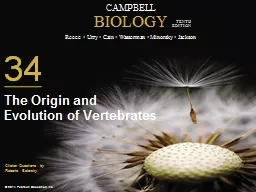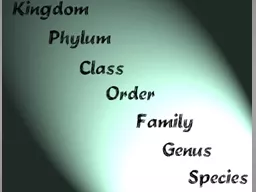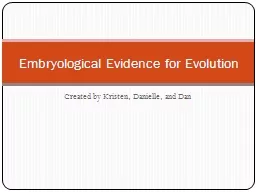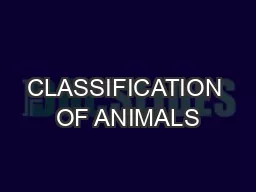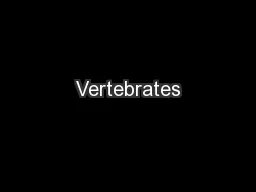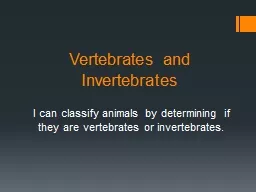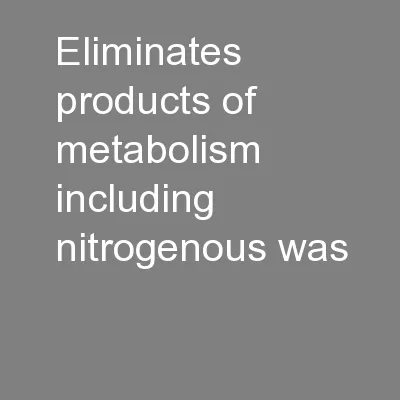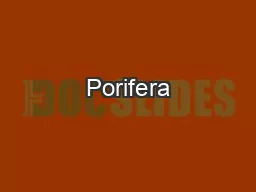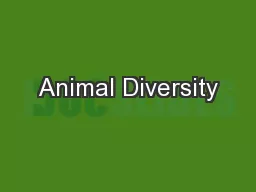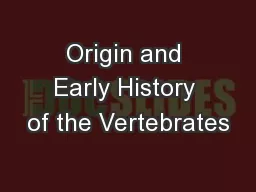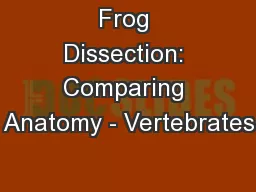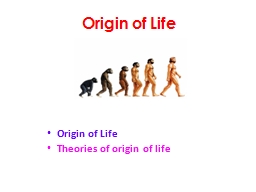PPT-The Origin and Evolution of Vertebrates
Author : alexa-scheidler | Published Date : 2016-08-10
Which of the following traits is shared by all vertebrates at least in some developmental stages except the lampreys notochord vertebrae cartilaginous skeleton cranium
Presentation Embed Code
Download Presentation
Download Presentation The PPT/PDF document "The Origin and Evolution of Vertebrates" is the property of its rightful owner. Permission is granted to download and print the materials on this website for personal, non-commercial use only, and to display it on your personal computer provided you do not modify the materials and that you retain all copyright notices contained in the materials. By downloading content from our website, you accept the terms of this agreement.
The Origin and Evolution of Vertebrates: Transcript
Download Rules Of Document
"The Origin and Evolution of Vertebrates"The content belongs to its owner. You may download and print it for personal use, without modification, and keep all copyright notices. By downloading, you agree to these terms.
Related Documents

